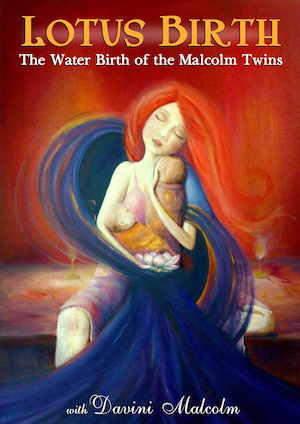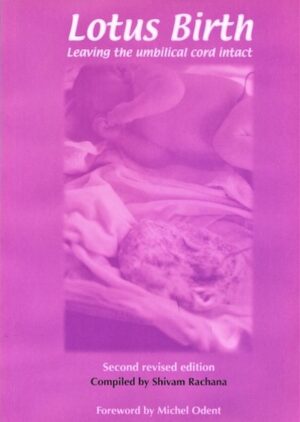Lotus Birth DVD – The Water Birth of the Malcolm Twins
$35.00
Description
Join Davini Malcolm and her family as they journey towards the birth of twins in Lotus Birth – The Water Birth of the Malcolm Twins.
Also available in digital format (watch online).
Davini gave birth to her first two children at home, and both were Lotus Born into water. Davini and Peter have chosen this gentle birth for their twins to allow for an as easy as possible transition from the womb to the world.
Being born into water provides a gentle and familiar environment for a baby to relax its body after the effort of being born.
Lotus Born children receive the full amount of the valuable cord blood that is present at birth which has major benefits for the child’s ongoing health.
Relax and share this sacred birthtime with the Malcolm family. Watch the trailer below.
“The Lotus Birth is a beautiful testament to the power of natural birth. The image of the Malcolm twins emerging from their mother’s womb and being given time to unfold into the warm water that enveloped them is one that will inspire and delight parents and birth professionals alike.”
– Vicki Abrams
Childbirth Educator, Doula, and Co-author of Magical Beginnings, Enchanted Lives, a Holistic Guide to Pregnancy and Childbirth.
“Every pregnant woman should see this!”
– Shivam Rachana
Principal of The International College of Spiritual Midwifery
Author of LOTUS BIRTH
SPECIAL FEATURES:
• Introduction with Shivam Rachana
• She Says / He Says Audio Commentaries
• Interview with Midwife
• How to Make a Lotus Bag Featurette
• Article by Dr. Sarah Buckley
• Protocol for a Lotus Birth


